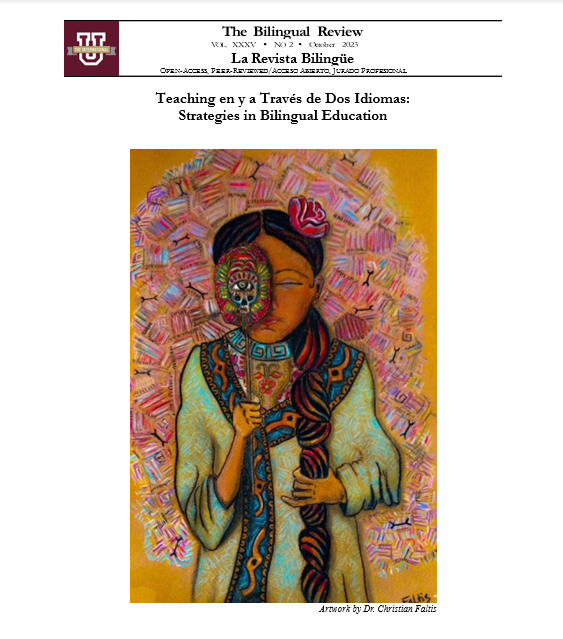Latinx Children’s Picture Books Reconsidered
Translation Texts, Contexts, and Complications
Keywords:
skopos, ideology, translation quality, Latinx children's picture books, dual-language formatAbstract
This study considers a genre of Latinx children’s literature in light of a complex of contextual factors, including its norms of production and reception, ideology, format, and literary bilingualism. As picture books, our focus here, are low status in the literary hierarchy, we present many factors and variables involved in the production of texts for, by, and about Latinx. While some issues are not unique to this genre of books for children, in some cases problems are particularly relevant, such as format, skopos and correctness—debates surrounding whether these books should be descriptive or prescriptive in home language use, and what dialect should prevail; the issue of multilingual source texts, code-switching, and coinage; the problem of what should be translated and for what audience(s); and the use of paratextual elements such as notes and glossaries. The frequent poor quality of these works suggests an underestimation of the difficulty of producing artful and culturally authentic works in translation, whether dual-formatted or stand-alone. We consider the intersections of canon-formation, cultural flows, collection development, bilingual education, and translation, primarily in the United States. Our study focuses on issues related to translations of Latinx children’s picture books rather than the mechanics of the translation itself.






